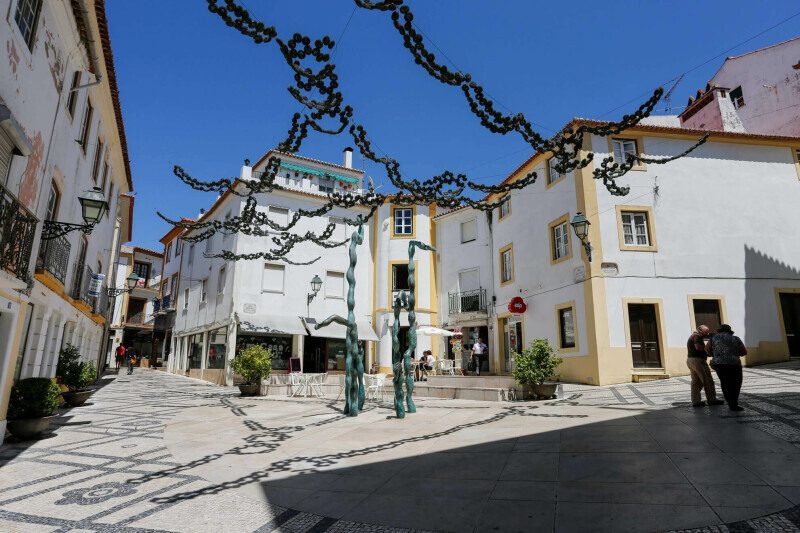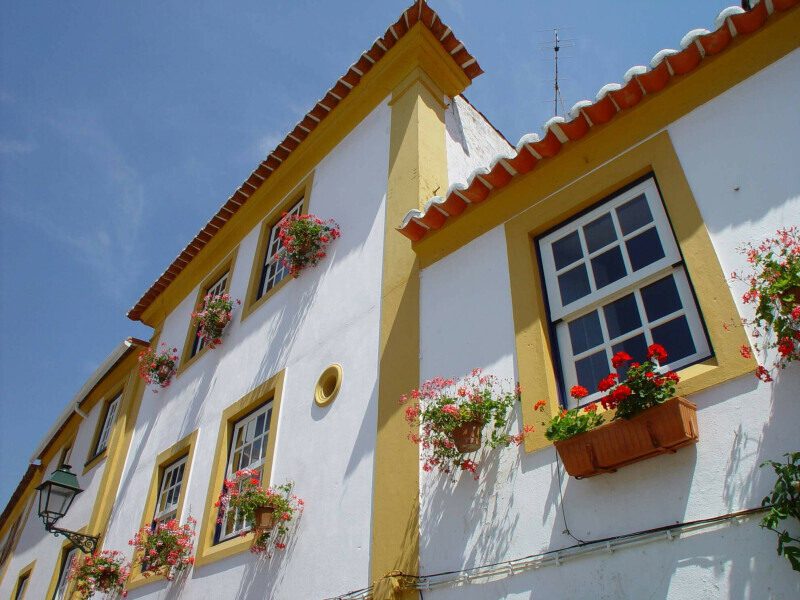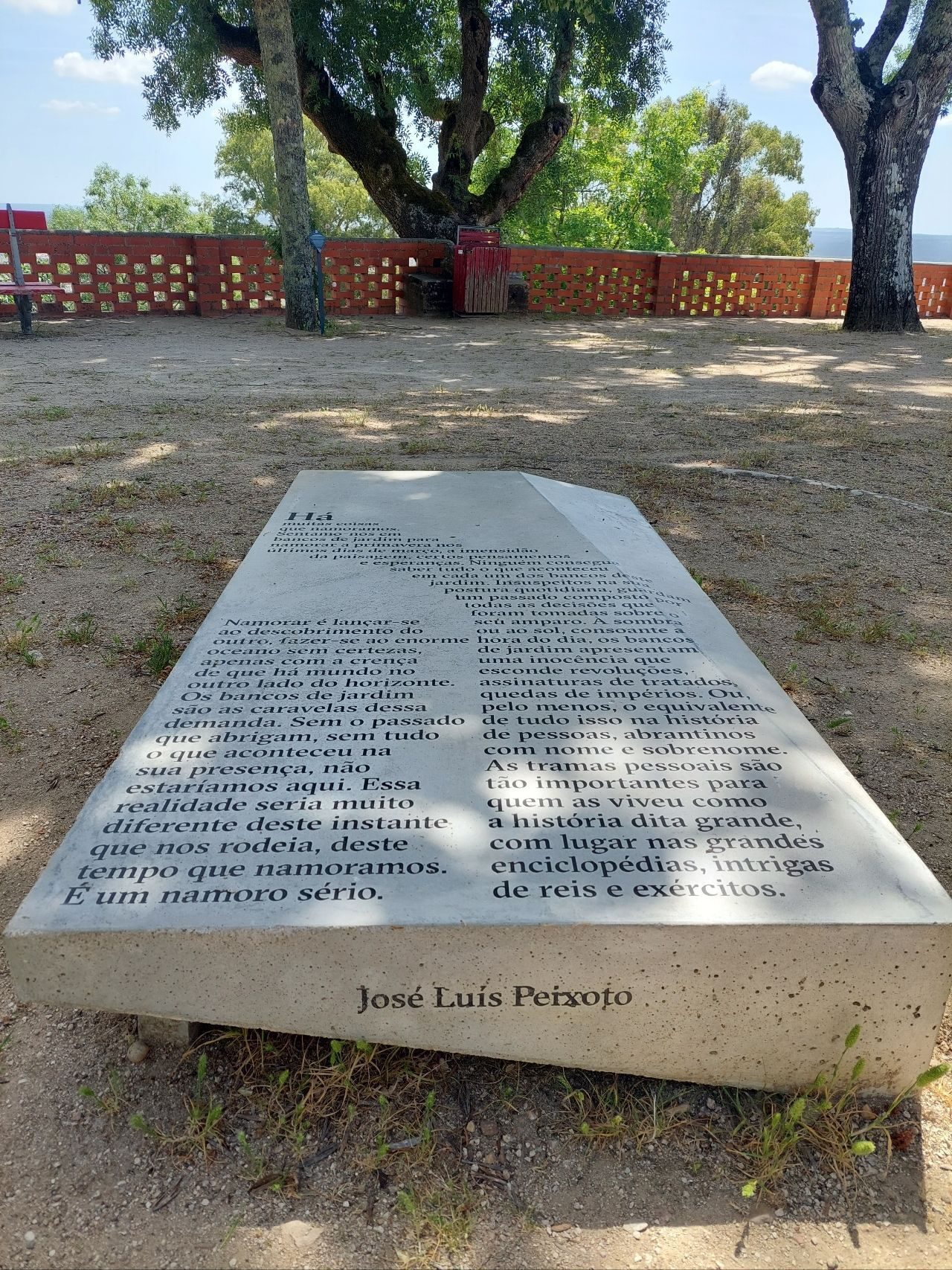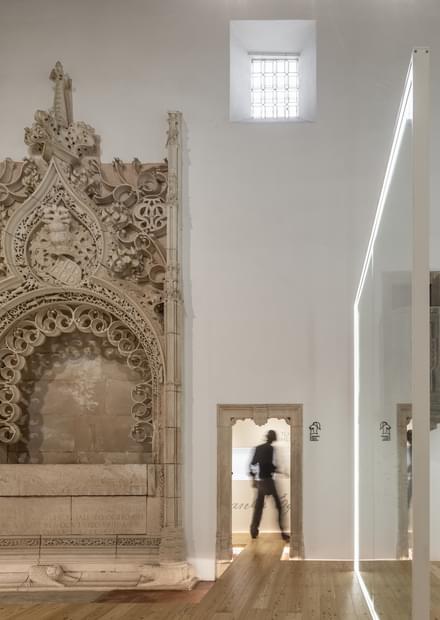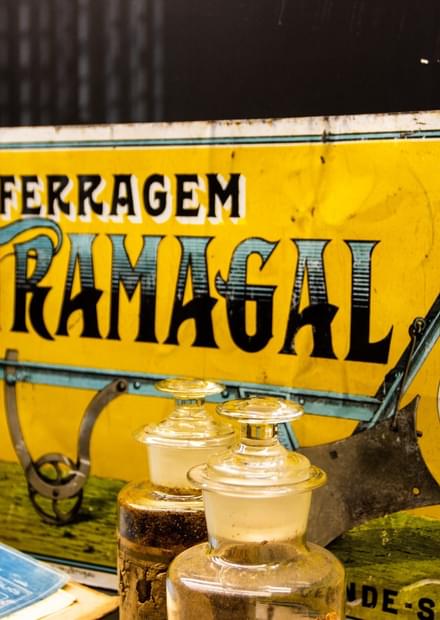Made of gold
Abrantes has played a major role in crucial moments of the Portuguese History, such as the Christian Reconquer or the French Invasions due to its strategic geographical situation upon the Tagus River.
The town of Abrantes is commanded by a medieval castle above the right bank of the Tagus River, which bends past far below. The townscape is hilly but the surrounding countryside is flat, and Abrantes has a few lookouts where you watch over the river plain for miles. In the old town are sociable squares linked by slender cobblestone streets. The Castle of Abrantes, located on a 200-metre-high plateau over the town, was one of the Linha do Tejo, a sequence of 12th-century fortifications defending the north of Portugal at the River Tagus. It offers a 360 degree view over the involving region.
The historical centre of Abrantes opens up to the eyes of the visitors with the generosity of the places full of memories that stay in our memory. Abrantes has a very rich heritage with several churches – Santa Maria do Castelo, São Vicente, Misericórdia or São João Baptista – convents and manor houses in a colourful mosaic of buildings that catch the eye of every movie aficionado.
The Iberian Museum of Archaeology and Art of Abrantes - MIAA - is a true icon of the Abrantes! A place of memories that looks into the future. Housed in the 16th century Convent of S. Domingos, this crucial historical building of the city was renovated by prestigious Portuguese architect Carrilho da Graça.
Recently opened to the public, the Panteão dos Almeida, the Pantheon of noble family Almeida that played a major role throughout the Portuguese History, is a landmark of this charming city by the Tagus River. Placed within the Church of Santa Maria do Castelo, this is also an outstanding example of architectural intervention. Winner of the Loop Design Awards 2022 in the categories “People´s Choice Award 2022” and “Interior | Exhibition & Museum”, this project has the signature of Lisbon-based architects spaceworkers.
Abrantes has also many gardens and green areas, such as the iconic Castle Garden, whose origins date back to the end of the 19th century or the Republic Garden, stage of important historical episodes and several popular demonstrations.
The city vibrates with many cafés, traditional shops, lavish gardens and welcoming squares. The whole city life is dominated by the importance of the public space. Abrantes offers its inhabitants a genuine quality of life.
The first woman prime-minister in Portugal, Maria de Lurdes Pintasilgo, who took office on August 1st 1979, was born on January 18th 1930 in Abrantes. Her house was bought by the local City Hall. She was also the first woman to run for the Presidency of Portugal in 1986. A true reference of Portuguese democracy!
Made of flowers
Abrantes has already been labelled as the most flowery city of Portugal. Every year in May the city dresses up with flowers during the City Feasts and its florid streets compete with each other for the title of the most stunning street.
The best place to park with a book, the Jardim da República is up the hill from the old town, next to the municipal library. Until 1940 this was a regular square, but in an effort to beautify the town in the 1940s lawns and flowerbeds were laid out, and a variety of trees like chestnuts and cedars were planted, earning it the popular label “Jardim”. There’s a small cafe here with outdoor seating, and where the garden is paved it has patterned calçada portuguesa (Portuguese pavement). In the centre is a monument from 1940 for the war dead from the Battle of the Lys in 1918. It was the first sculpture in Portugal to be made from reinforced concrete.
The Daily Market of Abrantes designed by ARX Portugal architecture atelier owned by the brothers Nuno Mateus and José Mateus was nominee of the international architecture prize “Building of the Year”, promoted by prestigious ArchDaily. This impressive work is, simultaneously, building and street.
Embraced by the Tagus
From the many belvederes - Outeiro de S. Pedro; Torre de Menagem; Miradouro da Penha, designed by Keil do Amaral; Miradouro das Fontes or recently renewed Cais de Rio de Moinhos – we can contemplate the city along with the breath-taking natural landscape, highly influenced by the Tagus River, the basin of Castelo do Bode and by River Zêzere.
The river beaches of the basin of Castelo do Bode, of Aldeia do Mato and Fontes are a true must! The basin of Castelo do Bode, which is over 60 km long, is one of the biggest water basins in Portugal. This is the perfect place for engaging in nautical sports (sailing, rowing, canoeing, kayak, windsurf), fishing, swimming and navigation. Castelo de Bode reservoir has the first wake-board station in the world.
Nationally-listed churches and a host of undiscovered curiosities await in this pretty but untouristy town. And just next door is the cute village of Constância and another magnificent castle. Both the Tagus and the dammed Zêzere River just north of Abrantes have small beaches, and their slow-moving waters are safe to navigate on a kayak or canoe in summer.


